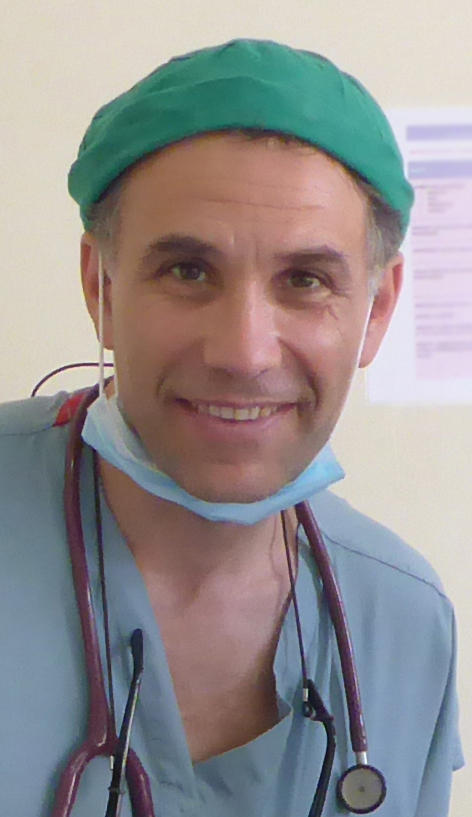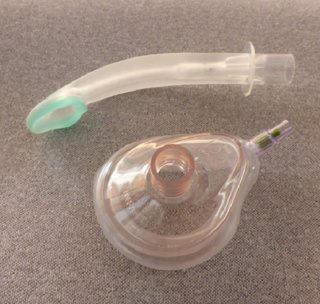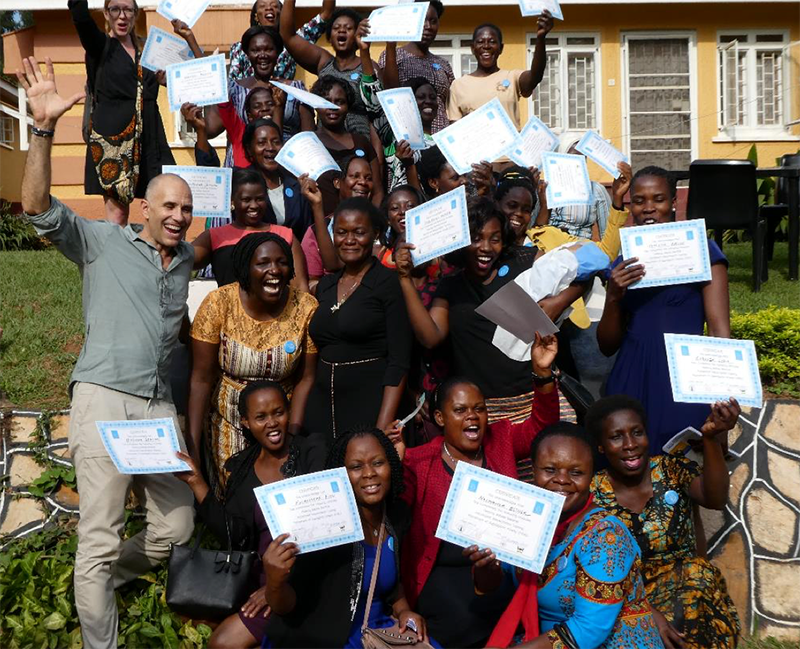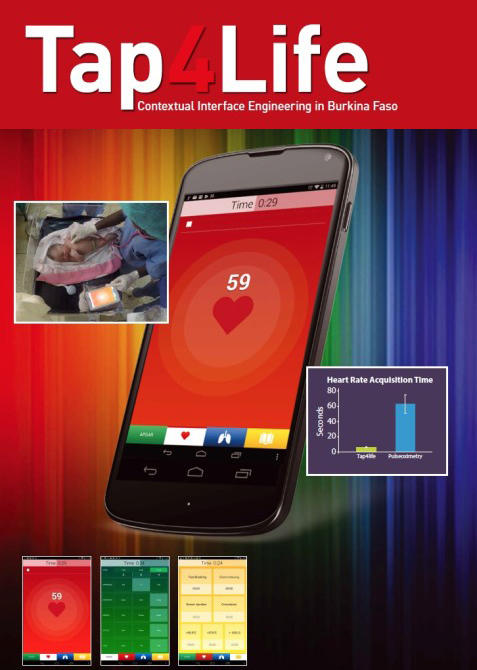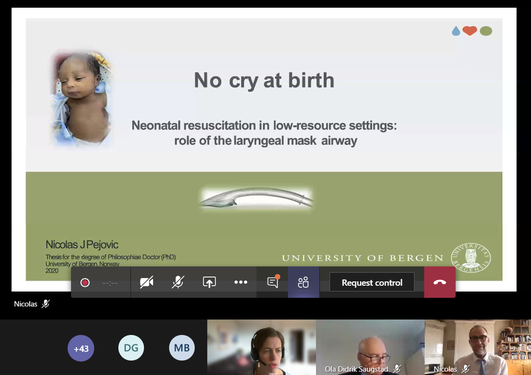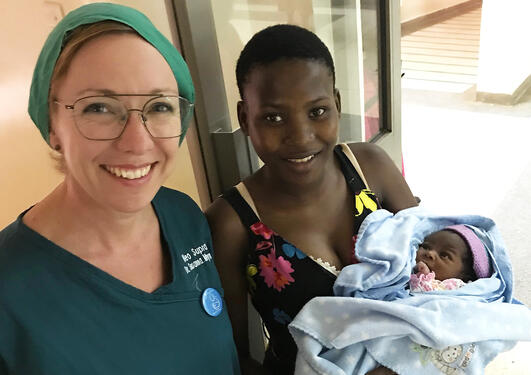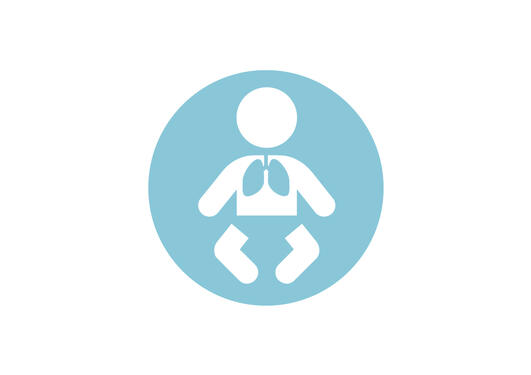Nicolas Pejovic: Saving newborns
Close to one million babies die of birth asphyxia globally. Nicolas J. Pejovic’s PhD aims to see if a new device could help, especially in low-resource settings.

Hovedinnhold
Pejovic completed his Medical Doctor qualification at Uppsala University, and specialisations in Paediatrics and Neonatology in Stockholm. He has worked as a Senior Consultant in Neonatology, Sachs Children’s Hospital, Stockholm and is currently the Director of Tap4Life.org. He writes that “each year, intrapartum-related complications (birth asphyxia) result in 1.2 million stillbirths, 700 000 term new-born deaths and an estimated 1.2 million babies developing neonatal encephalopathy.” He adds that most of these “(96%) occur in low-income and middle-income countries.”
Many preventable with ventilation interventions
Pejovic underlines that “successful resuscitation could prevent a large proportion of these deaths and improve the outcomes of neonates surviving asphyxia.” The most important component of successful neonatal resuscitation is being able to provide effective positive pressure ventilation (PPV). Success depends on all birth attendants, including physicians, midwives and nurses, having sufficient knowledge and training required to perform neonatal resuscitation.
In places with advanced health care facilities manned by skilled health care personnel, Pejovic explains that “ventilation is routinely initiated with a face mask followed by endotracheal intubation in case of face mask ventilation (FMV) failure or need for prolonged ventilatory support.” However, he cautions that “endotracheal intubation is the most difficult skill to master in neonatal resuscitation and is mostly properly performed only by experienced physicians.” In addition, he adds, incidents of “mask leakage, airway blockage and poor chest expansion have been reported during FMV.” This is a serious problem for ensuring access to good PPV interventions in low-resource settings where skilled medical staff attend less than half of infant deliveries.
Ventilation alternatives
Pejovic and his research colleagues have focused on developing an intervention alternative to FMV to improve ventilation and not only save the lives of several hundred thousand babies but also to reduce the possible neurological impairment of over a million survivors of birth-related asphyxia events. His PhD work is part of a larger randomised trial study in Uganda that is investigating the use of an uncuffed laryngeal mask supraglottic airway device (LMA) versus face mask ventilation (FMV).
Pejovic began with a pilot feasibility study with manikins to assess whether LMA could be used in low-resource settings. The success rate and insertion times in a group of medical staff (doctors, nurses and midwives) were assessed for 2 positive pressure ventilation (PPV) interventions: LMA and FMV. The pilot results showed that LMA was more effective in establishing PPV and higher levels of user satisfaction were also recorded for using LMA. (see first paper)
The randomised trial took place in the labour ward operating theatre of Mulago National Referral Hospital in Kampala, Uganda. Staff were first given brief training in the use of both LMA and FMV. Following the training, infants less that 2kg at birth and requiring positive ventilation were resuscitated by randomly assigned LMA or FMV. The results showed that the time to spontaneous breathing was shorter with LMA. All resuscitations were successful when LMA was used. There were no adverse effects. (see second paper)
Tap4Life: an m-health platform supporting neonatal health
In their work with low-resource settings, Pejovic and colleagues identified a need for reliable monitoring equipment. Pejovic and software developer Michael Vaganov first built a NeoTap prototype system for improving neonatal resuscitation as an app available for mobile devices. The system evolved into a fully integrated m-health platform for both low and high-income settings. Pejovic is now the director of Tap4Life, a non-profit organization that is developing comprehensive mobile applications, which improve the performance of health care workers in the immediate care of sick new-borns in both high and low-income countries.
